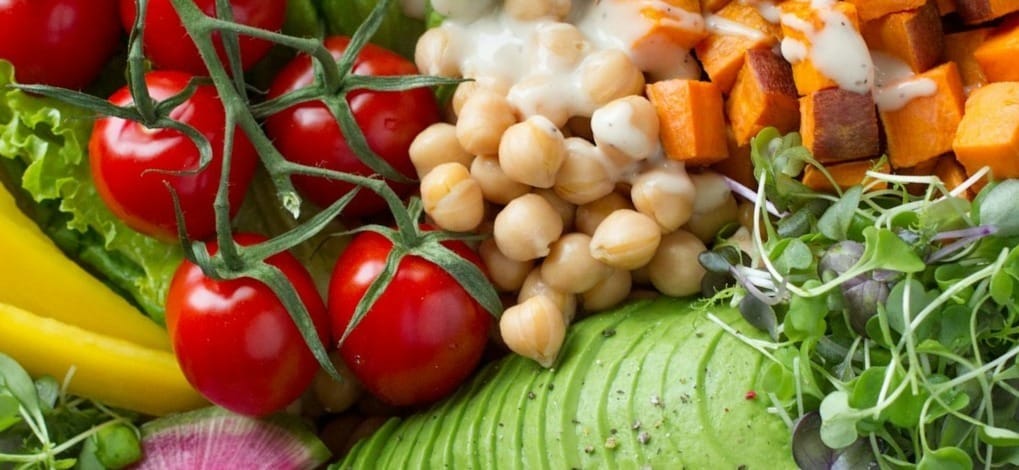Savoring the First Bite
(A Slow Note) Turning nourishment into a full-sense ritual

Savoring the First Bite — Mindful Eating
Most of us eat on autopilot. We fork food while scanning headlines, inhale lunch at red lights, scroll through dinner. The meal vanishes; only a vague memory of flavor remains. Mindful eating asks us to do the opposite — to slow down, wake up our senses, and taste every corner of the plate. It starts with the first bite, yes, but the magic lives in every bite after that.
Clearing the Table, Clearing the Mind
Begin before food even touches your tongue. Silence the phone, close the laptop, turn the chair toward a window if you can. When the distractions dim, the colors of the meal pop — greens look greener, sauce gleams. Take a moment to notice aroma: citrus, smoke, fresh‑cut herbs. You’re tuning an instrument you carry everywhere — attention.
The First Bite — A Welcome
Lift the fork slowly. Notice the weight, the warmth or chill of the food. Do one small thing before tasting: breathe in. That inhalation primes retronasal smell, which is flavor’s hidden engine. Then place the food on your tongue and pause. Let salt, acid, fat announce themselves. Ask yourself two simple questions: What’s here? and Where did it come from? Grain from a distant field, heat from a stove, hands that harvested. Gratitude links palate to planet.
The Second Bite — A Conversation
Now texture enters the chat. Crunch, crumble, silky soup — each mouthfeel pulls a different lever in the brain. Chew slowly enough to count five beats. This isn’t punishment; it’s an invitation. As starch sweetens and herbs bloom, you’ll catch subtleties usually lost to speed. If you’re sharing the table, trade observations. “I can taste the smoke from the grill.” “These tomatoes are almost floral.” A meal becomes a short story told aloud.
Mid‑Meal — The Sweet Spot
Halfway through, many people either rush to finish or push away the plate. Pause instead. How hungry are you right now? Satiation rises in gentle waves; give it time to speak. If you’re still hungry, keep going. If not, save the rest. Mindful eating is not austerity; it’s calibration. You’re learning the difference between desire, need, and boredom.
The Last Bite — A Bow
Treat the final forkful with the same ceremony as the first. Choose a piece with balanced flavors — a bit of sauce, a sliver of protein, a stray leaf. As you taste, thank the meal inwardly. This small ritual seals the experience, teaching the brain that eating is an event worth remembering, not a background task. The bow reminds you that stopping is as intentional as starting.
Simple Practices to Keep Flavor Alive
- Plate smaller portions. It’s easier to notice fullness when the mountain isn’t towering.
- Use all five senses. Sight, smell, sound (sizzle counts), touch, and finally taste.
- Put utensils down between bites. Hands free up brain space for flavor notes.
- Cook one new ingredient weekly. Novelty wakes up sleepy taste buds.
- Eat one meal a day screen‑free. Even ten quiet minutes reset sensory bandwidth.
More Than Fuel
Mindful eating turns nourishment into a mini retreat. It smooths the sharp edges of a noisy world the same way walking barefoot grounds you. Flavor becomes a compass pointing toward presence. Over time you’ll notice side effects: smaller grocery bills, deeper appreciation for farmers, even better digestion. Most of all, you’ll rediscover the simple joy of tasting life as it happens — bite after bite after bite.
So tonight, when the plate lands in front of you, let the first bite welcome you, the middle bites converse with you, and the last bite thank you for showing up. Then rise from the table satisfied in more ways than one.
— Lawrence

Thanks for reading Still Stories! Subscribe for free to receive new posts and support my work.

